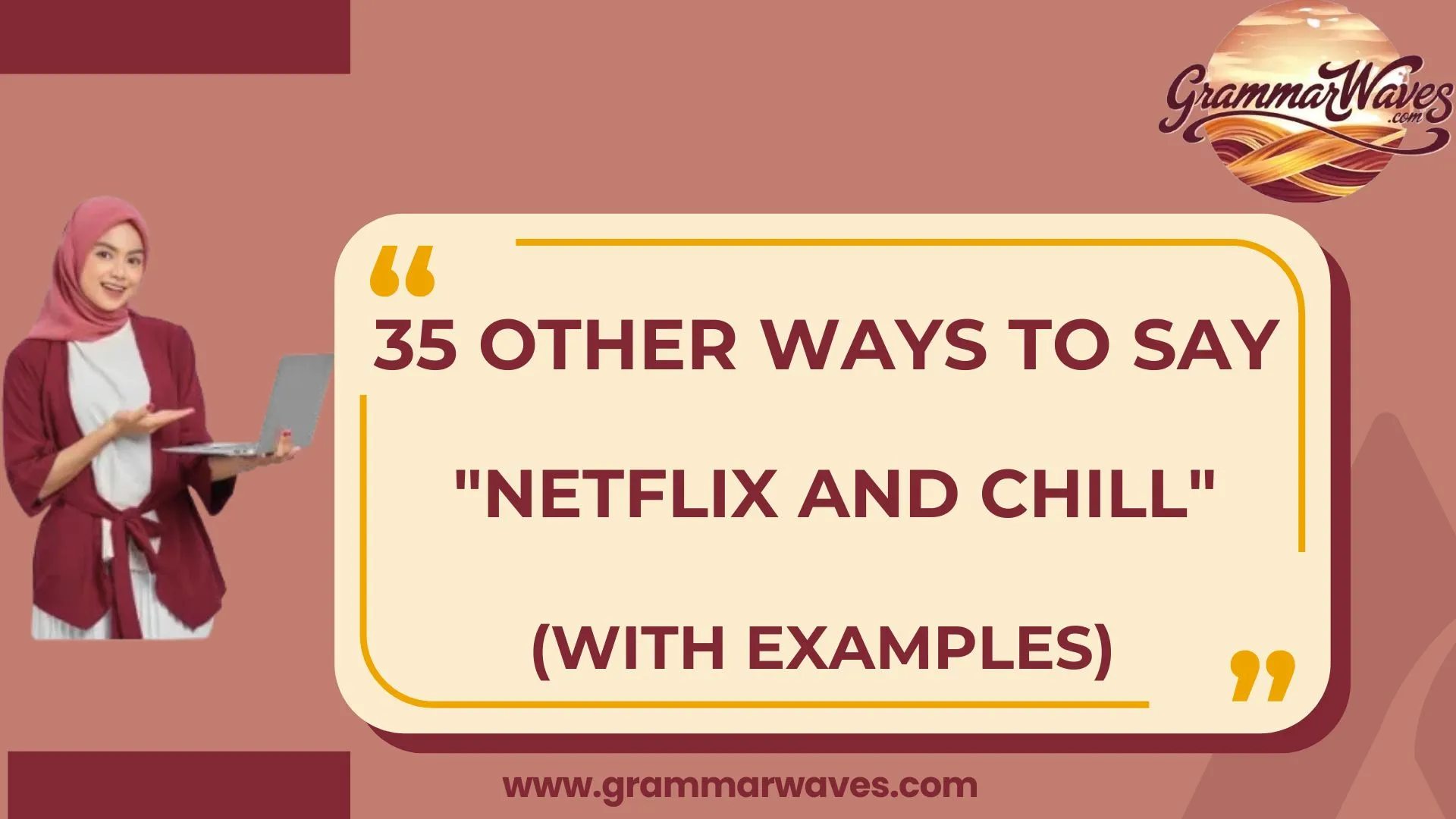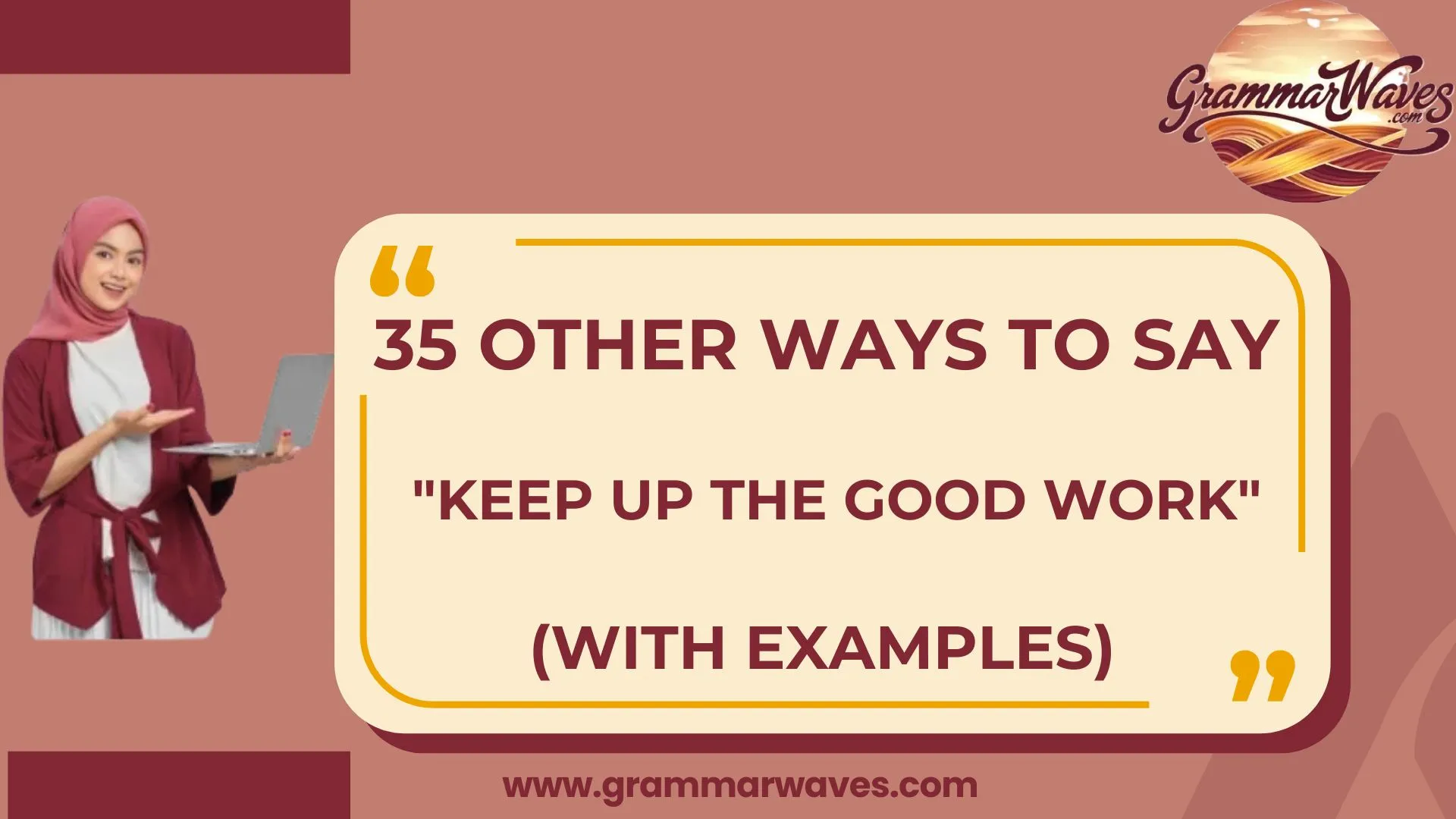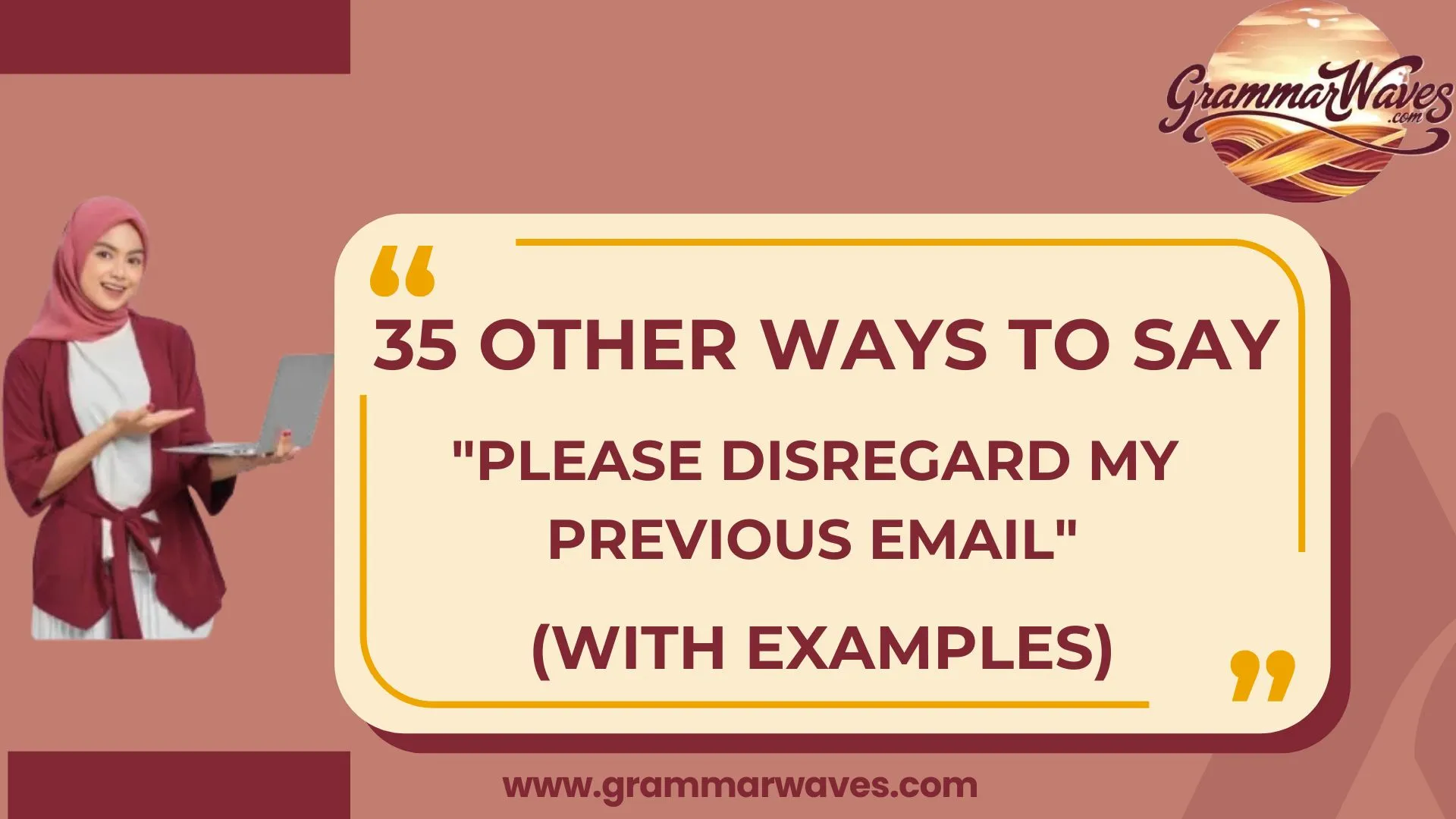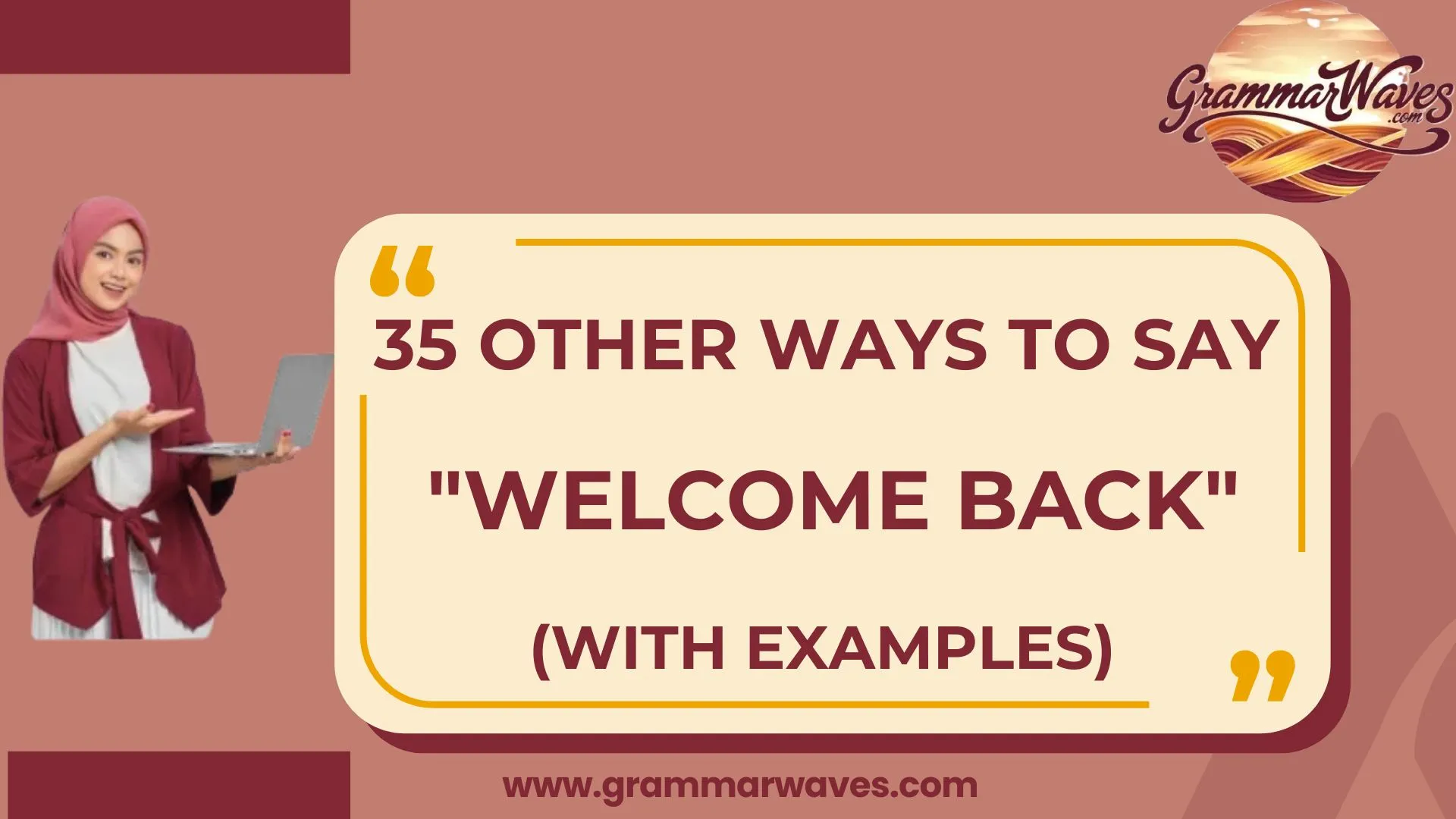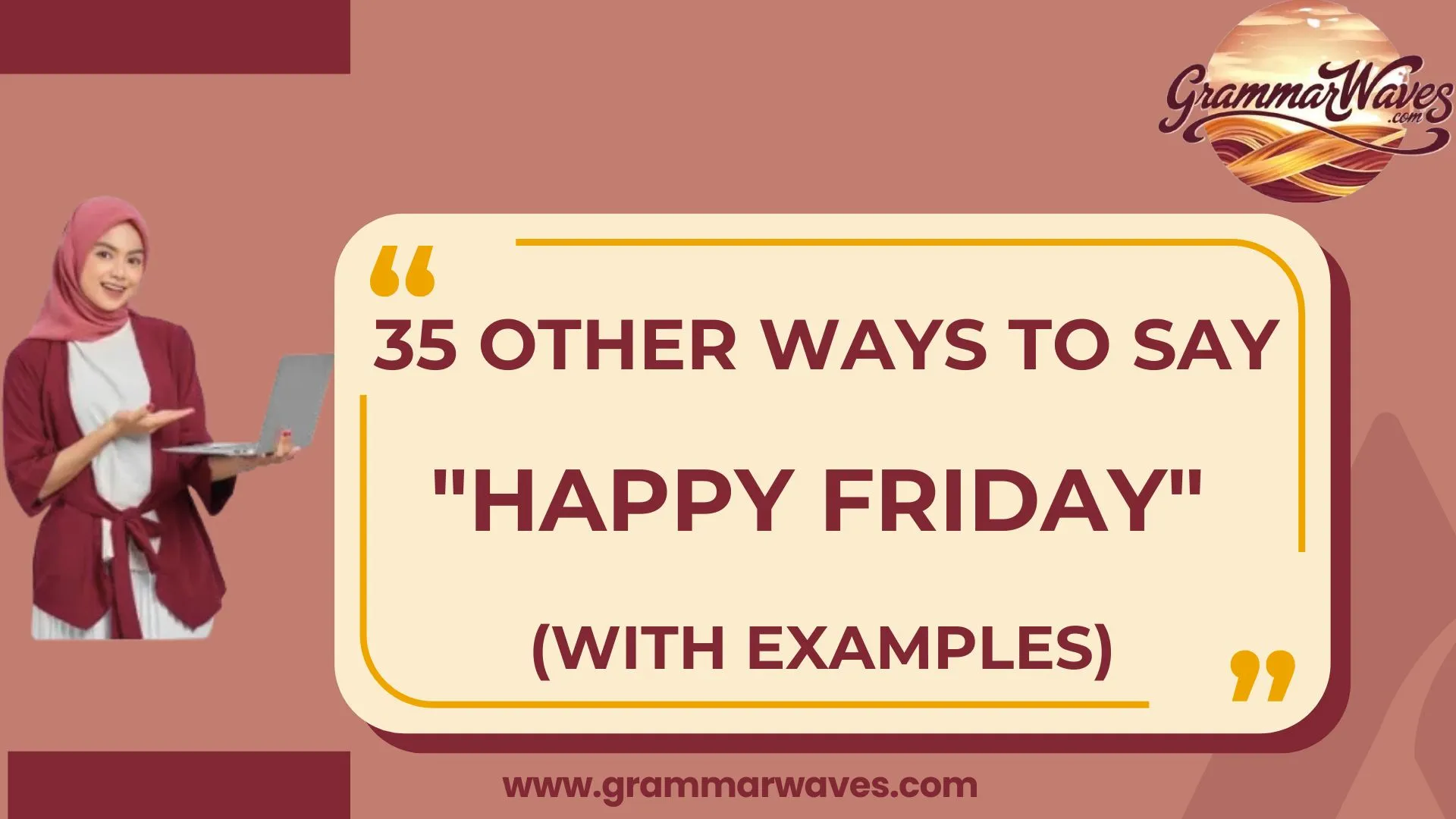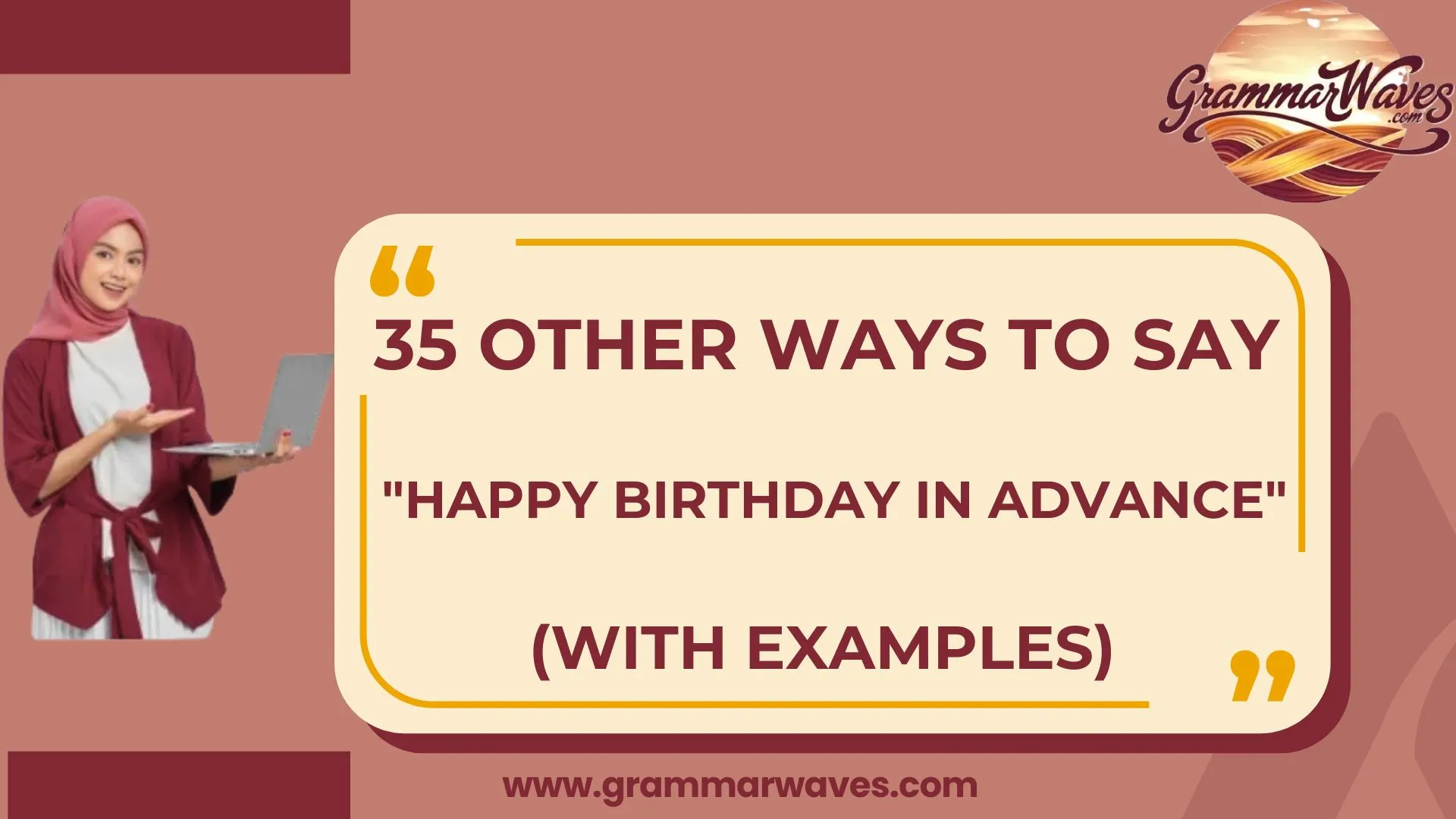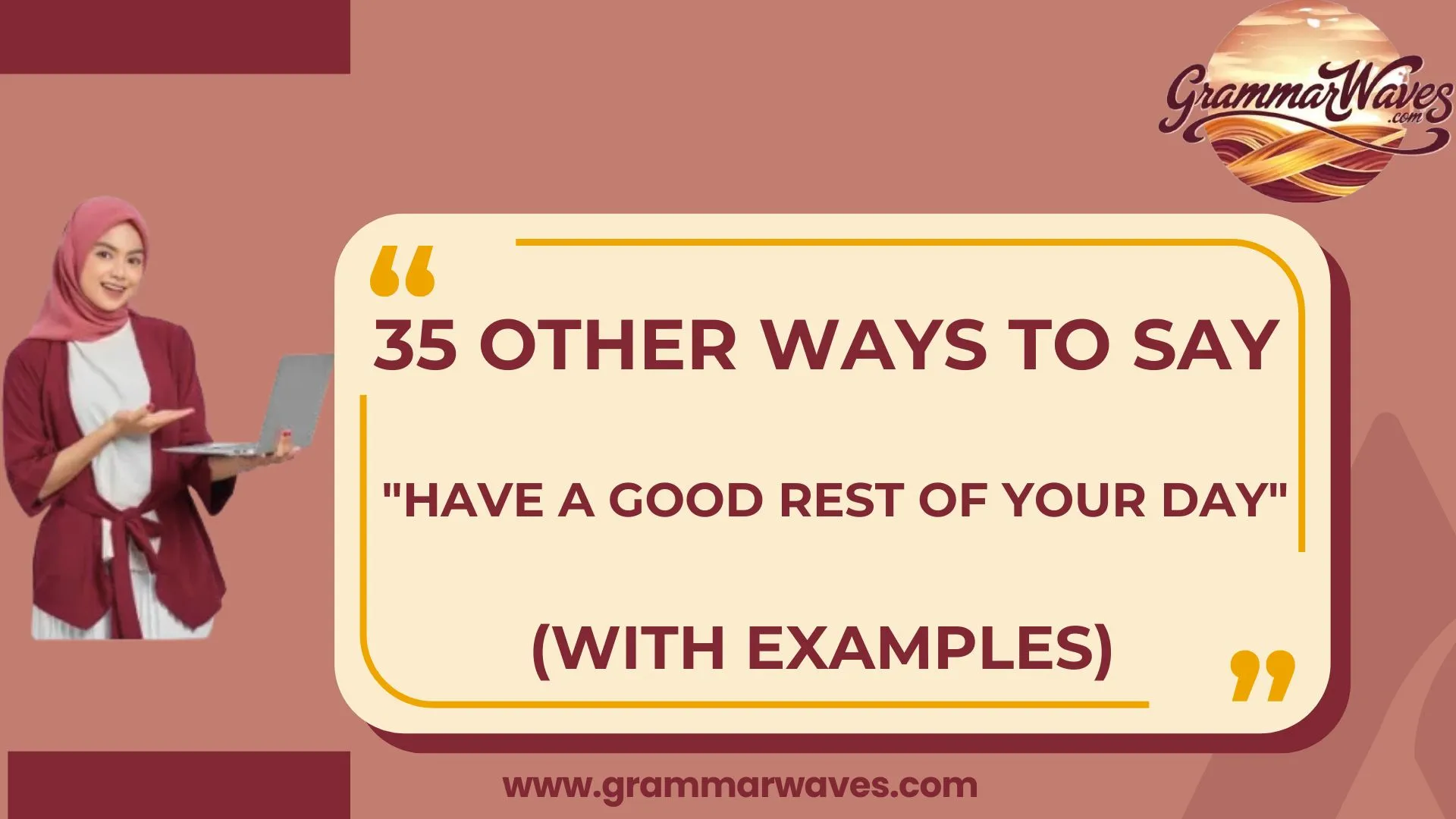The phrase “Netflix and Chill” has evolved into a modern, cultural shorthand that’s both relaxed and inviting. When I say it, I often mean more than just watching shows or movies-it’s about spending time together, sharing quiet comfort, and creating a playful, intimate connection. Whether it’s a personal invitation or a fun, engaging moment with someone, this phrase carries warmth and thoughtful energy. I like how it can sound natural yet charming, depending on the relationship. Finding different alternatives for “Netflix and Chill” keeps the tone fresh, allowing your words to express care and creativity while staying sincere.
There are countless options to make your expression feel unique. From a simple “movie night” to a flirty tone, choosing the right phrasing helps it suit different moods, relationships, and levels of intimacy. Personally, I find that the best versions provide a wide range of feelings-some lighthearted, others romantic, yet all rooted in genuine consideration and connection. With 35 thoughtful choices, you can easily adapt the vibe depending on how you want to connect-whether it’s through laughter, comfort, or something a little deeper.
What Does “Netflix and Chill” Mean?
Netflix and Chill is a casual expression that typically means watching Netflix or streaming content with someone, often implying relaxation and the possibility of intimacy. Depending on context, it can be playful, casual, or flirtatious.
When to Use “Netflix and Chill”
- Inviting a friend or partner for a relaxing night in.
- Suggesting a low-key social activity that includes entertainment and downtime.
- Communicating casually with someone you know well or have a playful relationship with.
Is It Professional/Polite to Say “Netflix and Chill”?
No. The phrase is not suitable for professional or formal contexts. It is casual and often implies intimacy, so it should be reserved for friends, partners, or close acquaintances who understand the playful context.
Pros or Cons
Pros:
- Fun and playful; culturally recognizable.
- Signals a relaxed, casual intention.
Cons:
- It can be misinterpreted in certain contexts.
- Not professional; inappropriate in the workplace or formal communication.
Netflix and Chill Synonyms:
- Movie Night at Home
- Streaming and Relaxing
- Chill Night with Shows
- Couch Time
- Binge-Watching Session
- Movie Marathon
- Streaming Date
- Relax and Watch
- Night In
- Chillax and Watch
- Cozy Night In
- Movie Date
- Binge Together
- Streaming Party
- Chill Session
- TV Night
- Lounge and Watch
- Screen Time Together
- Movie Couch Date
- Relaxing Flick Night
- Chill Movie Time
- Streaming Hangout
- Home Cinema Night
- Screen & Snack
- Couch Hangout
- Binge Together Night
- Movie & Munch
- Chillax Movie Time
- Cozy Streaming Night
- Movie & Chill
- Streaming Date Night
- Flick & Relax
- Movie Night In
- Couch & Chill
- Relax, Watch, Repeat
Movie Night at Home
Meaning:
A casual evening spent watching movies together.
Explanation:
Focuses on the entertainment aspect without any implied intimacy.
Examples:
Text to partner: “How about a movie night at home tonight?”
Best Use:
Friends or romantic partners, casual hangouts.
Worst Use:
Formal or professional context.
Tone:
Friendly, casual, inviting.
Streaming and Relaxing
Meaning:
Emphasizes a calm, low-key experience with streaming content.
Explanation:
Highlights comfort and relaxation rather than intimacy.
Examples:
Text to a friend: “Let’s spend the evening streaming and relaxing.”
Best Use:
Casual, friendly, or partner context.
Worst Use:
Workplace or professional communication.
Tone:
Relaxed, casual, warm.
Chill Night with Shows
Meaning:
Casual evening watching TV shows or movies together.
Explanation:
Focuses on companionship and leisure time.
Examples:
Message to a partner: “How about a chill night with shows?”
Best Use:
Romantic or close friend settings.
Worst Use:
Professional messages.
Tone:
Friendly, cozy, inviting.
Couch Time
Meaning:
Suggests relaxing together on the couch, usually with entertainment.
Explanation:
Playful and casual phrasing that implies downtime.
Examples:
Text: “Couch time tonight? Got some new movies lined up.”
Best Use:
Close partners or friends.
Worst Use:
Formal communication.
Tone:
Casual, cozy, lighthearted.
Binge-Watching Session
Meaning:
Watching multiple episodes or movies back-to-back.
Explanation:
Implies spending extended time together in front of a screen.
Examples:
Message to partner: “Binge-watching session tonight? Got the new series ready.”
Best Use:
Casual, playful context with friends or partners.
Worst Use:
Workplace or formal contexts.
Tone:
Fun, casual, engaging.
Movie Marathon
Meaning:
An extended movie-watching experience, often with themed films.
Explanation:
Highlights dedication to entertainment, playful, and relaxed.
Examples:
Text: “Ready for a Marvel movie marathon tonight?”
Best Use:
Close friends or romantic partners.
Worst Use:
Formal communication.
Tone:
Playful, fun, inviting.
Streaming Date
Meaning:
Combines the idea of a casual date with streaming content.
Explanation:
Highlights companionship and casual intimacy.
Examples:
Text to partner: “How about a streaming date tonight?”
Best Use:
Romantic partners or flirtatious context.
Worst Use:
Professional or casual acquaintances.
Tone:
Playful, warm, romantic.
Relax and Watch
Meaning:
Suggests spending time unwinding while watching shows or movies.
Explanation:
Emphasizes comfort and relaxation, neutral regarding intimacy.
Examples:
Message to friend: “Let’s relax and watch something tonight.”
Best Use:
Casual friend or partner settings.
Worst Use:
Workplace or formal communication.
Tone:
Calm, friendly, inviting.
Night In
Meaning:
Suggests spending the evening at home, often casually with entertainment.
Explanation:
Neutral and versatile phrasing; implies cozy downtime.
Examples:
Text: “How about a night in with some good movies?”
Best Use:
Casual and semi-romantic settings.
Worst Use:
Formal or professional contexts.
Tone:
Cozy, friendly, inviting.
Chillax and Watch
Meaning:
Playful combination of “chill” and “relax,” implying watching entertainment together.
Explanation:
Informal, fun, and casual alternative to Netflix and Chill.
Examples:
Text to partner: “Wanna chillax and watch some shows tonight?”
Best Use:
Romantic partners or close friends.
Worst Use:
Formal or professional messages.
Tone:
Playful, casual, fun.
Cozy Night In
Meaning:
Suggests a warm, comfortable evening at home.
Explanation:
Focuses on relaxation, comfort, and quality time rather than flirtation.
Examples:
Text to friend/partner: “Fancy a cozy night in with some movies?”
Best Use:
Casual, romantic, or friendly settings.
Worst Use:
Formal or professional communication.
Tone:
Warm, inviting, relaxed.
Movie Date
Meaning:
Combines a romantic or intimate date with movie-watching.
Explanation:
Highlights both companionship and entertainment.
Examples:
Text to partner: “How about a movie date tonight?”
Best Use:
Romantic partners or close relationships.
Worst Use:
Friends are not expecting romantic connotation.
Tone:
Playful, romantic, engaging.
Binge Together
Meaning:
Watching multiple shows or movies back-to-back with someone.
Explanation:
Emphasizes shared entertainment and relaxed downtime.
Examples:
Text: “Let’s binge together tonight, got some new series lined up.”
Best Use:
Friends or partners.
Worst Use:
Professional or casual acquaintances.
Tone:
Fun, casual, friendly.
Streaming Party
Meaning:
Casual watch session that can include snacks or fun activities.
Explanation:
More playful and social; can include multiple people.
Examples:
Text: “Streaming party at mine tonight-movies and snacks!”
Best Use:
Friends or group hangouts.
Worst Use:
Formal/professional situations.
Tone:
Social, fun, energetic.
Chill Session
Meaning:
Relaxed hangout focused on comfort and leisure.
Explanation:
Neutral phrasing; doesn’t imply intimacy explicitly.
Examples:
Text: “Up for a chill session tonight with some shows?”
Best Use:
Casual or semi-romantic settings.
Worst Use:
Professional environments.
Tone:
Relaxed, friendly, approachable.
TV Night
Meaning:
Casual evening watching television shows or streaming.
Explanation:
Neutral alternative, suitable for anyone.
Examples:
Text: “TV night at mine? Got a few new episodes to watch.”
Best Use:
Friends, roommates, or partners.
Worst Use:
Formal or professional contexts.
Tone:
Casual, fun, relaxed.
Lounge and Watch
Meaning:
Suggests relaxation in a comfortable setting while watching content.
Explanation:
Emphasizes comfort and downtime.
Examples:
Text: “Let’s lounge and watch a few movies tonight.”
Best Use:
Casual friends or romantic partners.
Worst Use:
Professional environments.
Tone:
Relaxed, cozy, inviting.
Screen Time Together
Meaning:
A neutral way to indicate spending time watching screens together.
Explanation:
Focuses on companionship without sexual or romantic implications.
Examples:
Text: “Screen time together tonight? I’ve got a new series ready.”
Best Use:
Friends or partners.
Worst Use:
Formal or work-related contexts.
Tone:
Friendly, casual, approachable.
Movie Couch Date
Meaning:
Romantic and cozy at-home movie experience.
Explanation:
Adds intimacy without being overly explicit.
Examples:
Text: “Movie couch date tonight?”
Best Use:
Romantic partners.
Worst Use:
Friends without romantic context.
Tone:
Playful, romantic, cozy.
Relaxing Flick Night
Meaning:
Emphasizes calmness and watching movies (“flicks”).
Explanation:
Neutral, relaxed, and friendly alternative.
Examples:
Text: “Up for a relaxing flick night tonight?”
Best Use:
Friends or romantic partners.
Worst Use:
Professional communication.
Tone:
Relaxed, inviting, casual.
Chill Movie Time
Meaning:
Casual movie-watching session focused on downtime.
Explanation:
Highlights relaxation and shared leisure.
Examples:
Text: “Chill movie time tonight?”
Best Use:
Friends, partners.
Worst Use:
Workplace or formal contexts.
Tone:
Casual, cozy, friendly.
Streaming Hangout
Meaning:
Watching content together in a relaxed, social way.
Explanation:
Neutral, playful, and inviting.
Examples:
Text: “Streaming hangout tonight?”
Best Use:
Friends, partners, or small groups.
Worst Use:
Formal communication.
Tone:
Friendly, casual, social.
Home Cinema Night
Meaning:
Suggests a cinematic experience at home.
Explanation:
A more elaborate and fun way to describe Netflix and Chill.
Examples:
Text: “Home cinema night? I’ve got popcorn ready!”
Best Use:
Romantic partners, friends.
Worst Use:
Professional contexts.
Tone:
Fun, cozy, playful.
Screen & Snack
Meaning:
Highlights watching shows with snacks.
Explanation:
Adds a playful and casual vibe.
Examples:
Text: “Screen & snack tonight?”
Best Use:
Friends or partners.
Worst Use:
Formal or professional messages.
Tone:
Playful, casual, cozy.
Couch Hangout
Meaning:
Neutral, casual relaxation together.
Explanation:
Suggest spending time together comfortably.
Examples:
Text: “Couch hangout tonight?”
Best Use:
Friends or partners.
Worst Use:
Workplace settings.
Tone:
Friendly, casual, approachable.
Binge Together Night
Meaning:
Similar to “Binge-Watching,” it emphasizes shared time and entertainment.
Explanation:
Fun, casual phrasing that highlights extended viewing.
Examples:
Text: “Binge together tonight?”
Best Use:
Friends, partners.
Worst Use:
Professional communication.
Tone:
Playful, casual, fun.
Movie & Munch
Meaning:
Watching movies while enjoying snacks.
Explanation:
Adds a playful, casual aspect.
Examples:
Text: “Movie & munch tonight?”
Best Use:
Casual, romantic, or friendly settings.
Worst Use:
Professional contexts.
Tone:
Playful, inviting, cozy.
Chillax Movie Time
Meaning:
Combines “chill” and “relax” for informal movie watching.
Explanation:
Informal, casual, and friendly phrasing.
Examples:
Text: “Chillax movie time tonight?”
Best Use:
Friends or romantic partners.
Worst Use:
Formal communication.
Tone:
Casual, fun, friendly.
Cozy Streaming Night
Meaning:
Suggests a warm, relaxing time watching content.
Explanation:
Emphasizes comfort and companionship.
Examples:
Text: “Cozy streaming night tonight?”
Best Use:
Partners or close friends.
Worst Use:
Formal/professional contexts.
Tone:
Warm, inviting, casual.
Movie & Chill
Meaning:
Slight variation on “Netflix and Chill” emphasizes movies.
Explanation:
Simple, casual, playful.
Examples:
Text: “Movie & chill tonight?”
Best Use:
Romantic partners or close friends.
Worst Use:
Professional contexts.
Tone:
Casual, playful, friendly.
Streaming Date Night
Meaning:
Casual date night with streaming content.
Explanation:
Highlights both intimacy and entertainment.
Examples:
Text: “Streaming date night tonight?”
Best Use:
Romantic partners.
Worst Use:
Casual friends with no romantic context.
Tone:
Playful, cozy, romantic.
Flick & Relax
Meaning:
Watch a movie or show and unwind.
Explanation:
Neutral, playful, and casual.
Examples:
Text: “Flick & relax tonight?”
Best Use:
Friends or partners.
Worst Use:
Formal communication.
Tone:
Casual, relaxed, friendly.
Movie Night In
Meaning:
Neutral and casual evening for watching movies.
Explanation:
Simple, inviting, and versatile phrasing.
Examples:
Text: “Movie night in tonight?”
Best Use:
Friends, partners.
Worst Use:
Professional settings.
Tone:
Friendly, inviting, casual.
Couch & Chill
Meaning:
Casual, relaxed time together.
Explanation:
Simple, neutral phrasing that echoes “Netflix and Chill” without strong intimacy connotation.
Examples:
Text: “Couch & chill tonight?”
Best Use:
Friends or partners.
Worst Use:
Workplace communication.
Tone:
Casual, playful, cozy.
Relax, Watch, Repeat
Meaning:
Emphasizes leisure and repeated enjoyment of shows/movies.
Explanation:
Playful and fun imply an ongoing casual routine.
Examples:
Text: “Relax, watch, repeat tonight?”
Best Use:
Friends, romantic partners.
Worst Use:
Formal/professional contexts.
Tone:
Fun, playful, casual.
Final Thoughts
While the phrase “Netflix and Chill” is widely recognized, sometimes using alternatives can make your invitation feel more thoughtful, creative, and personal. Choosing the right words helps you communicate warmth, care, and intention, showing that you value the company of the person you’re inviting. Words have power-especially in casual or romantic contexts-and phrasing your invitation with a playful or cozy tone can make the experience more engaging and memorable.
The 35 alternatives presented here provide options for various moods and relationships, from casual friends to romantic partners. Phrases like “Cozy Night In” or “Streaming Date Night” focus on intimacy and warmth, while neutral options like “Movie Night In” or “Chill Session” emphasize comfort and companionship without romantic implications. This variety ensures that your message fits the situation, your relationship with the recipient, and your personal style.
Ultimately, selecting the right phrasing can enhance connection, set a positive tone, and even strengthen bonds. Whether you’re inviting a friend over for a relaxed evening, planning a date night, or simply spending time with a loved one, these alternatives allow you to convey your intention with clarity, charm, and thoughtfulness. By thoughtfully crafting your message, you show respect, care, and creativity-all of which contribute to more meaningful interactions and enjoyable shared experiences.
FAQs
What does “Netflix and Chill” really mean?
It refers to spending time watching Netflix or other streaming content, often implying relaxation and sometimes intimacy. Context matters for interpretation.
Are these alternatives appropriate for all audiences?
Most alternatives are suitable for casual friends or partners. Avoid romantic or flirtatious phrasing with formal, professional, or unfamiliar contacts.
When should I use these phrases?
Use them when inviting friends or partners for a relaxed evening, movie night, or streaming session. They are ideal for casual, semi-romantic, or playful situations.
Can these phrases be used in text messages?
Yes. They are perfect for texting, social media DMs, or informal invitations, making your message feel personal, engaging, and considerate.
Why should I vary how I say it?
Varying your phrasing prevents messages from feeling repetitive, adds creativity, reflects your personality, and ensures your invitation resonates with the recipient.
